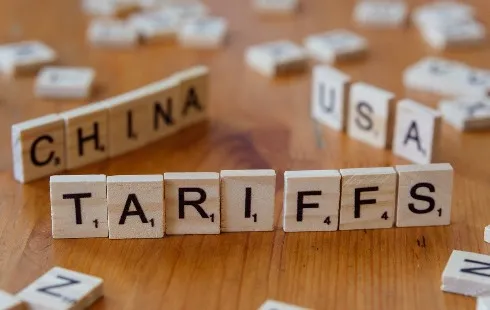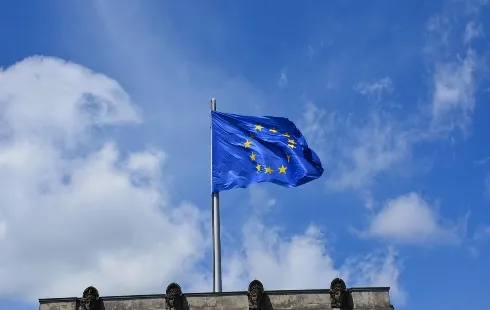
Ukraine Targets Outdated Military Equipment in Ongoing Conflict
Section: Politics
The recent electoral results in Finland signal a significant decline for the nationalist Finns Party, which has seen its support plummet in just two years. From a position of strength in the 2023 parliamentary elections, where they captured 20% of the vote, the party's popularity has now dropped to 7.6% in the recent regional elections, placing them sixth behind other political groups.
This swift change showcases how a party can experience rapid self-destruction, particularly when it enters government. The Finns Party, led by Riikka Purra, initially thrived on promises addressing economic concerns and immigration. However, their transition from opposition to governing party revealed the difficulties inherent in realpolitik, leading to compromises that alienated their core supporters.
When the conservative National Coalition Party, headed by Petteri Orpo, invited the Finns Party to join coalition talks in 2023, it was a notable moment. Unlike in Germany, where a firewall exists to keep extremist parties at bay, Finland's political landscape allowed for a different approach. Despite their contentious history, many believed that having the Finns Party in government could be manageable, given the high trust in Finnish institutions.
The Finns Party's campaign capitalized on public dissatisfaction, promising solutions to pressing issues such as state debt and immigration. However, when they assumed power, they quickly encountered the realities of governance. The coalition's other parties had agendas that conflicted with those of the Finns Party, leading to tensions over policies like immigration and labor.
Moreover, the party faced internal scandals that further eroded its standing. The resignation of the party's economic minister, Vilhelm Junnila, after controversial social media posts, along with past racist comments from Purra, highlighted a pattern of problematic behavior that contradicted their public image.
Protests erupted in Helsinki, demanding the Finns Party's removal from the government, and warnings from the business community about potential economic repercussions added to the pressure. Once positioned as a voice of the people, the party found itself in a precarious position as accusations of racism began to overshadow its political agenda.
As the government implemented austerity measures affecting all demographics, the Finns Party appeared to bear the brunt of public dissatisfaction. While other coalition parties maintained their support, the Finns Party's voter base seemed less mobilized during regional elections compared to national ones. Historically, their strength had come from being in opposition, where they could freely criticize without the burden of governing.
With their recent electoral setbacks, the future of the Finns Party remains uncertain. The dynamics of Finnish politics suggest that their current trajectory may lead to further declines unless they can successfully navigate the challenges of governance and redefine their approach to align with the evolving demands of the electorate.

Section: Politics

Section: News

Section: News

Section: Politics

Section: News

Section: News

Section: Politics

Section: Arts

Section: News

Section: News

Health Insurance in Germany is compulsory and sometimes complicated, not to mention expensive. As an expat, you are required to navigate this landscape within weeks of arriving, so check our FAQ on PKV. For our guide on resources and access to agents who can give you a competitive quote, try our PKV Cost comparison tool.

Germany is famous for its medical expertise and extensive number of hospitals and clinics. See this comprehensive directory of hospitals and clinics across the country, complete with links to their websites, addresses, contact info, and specializations/services.

Join us for an exciting theatrical experience on Saturday, May 10, 2025, from 19:30 to 22:00 at the Münchner Kammerspiele - Werkraum. This performance, directed by Melina Dressler, is a directorial exercise inspired by Heiner Müller's 'Quartett' and incorporates texts by Michel Foucault. The...
No comments yet. Be the first to comment!